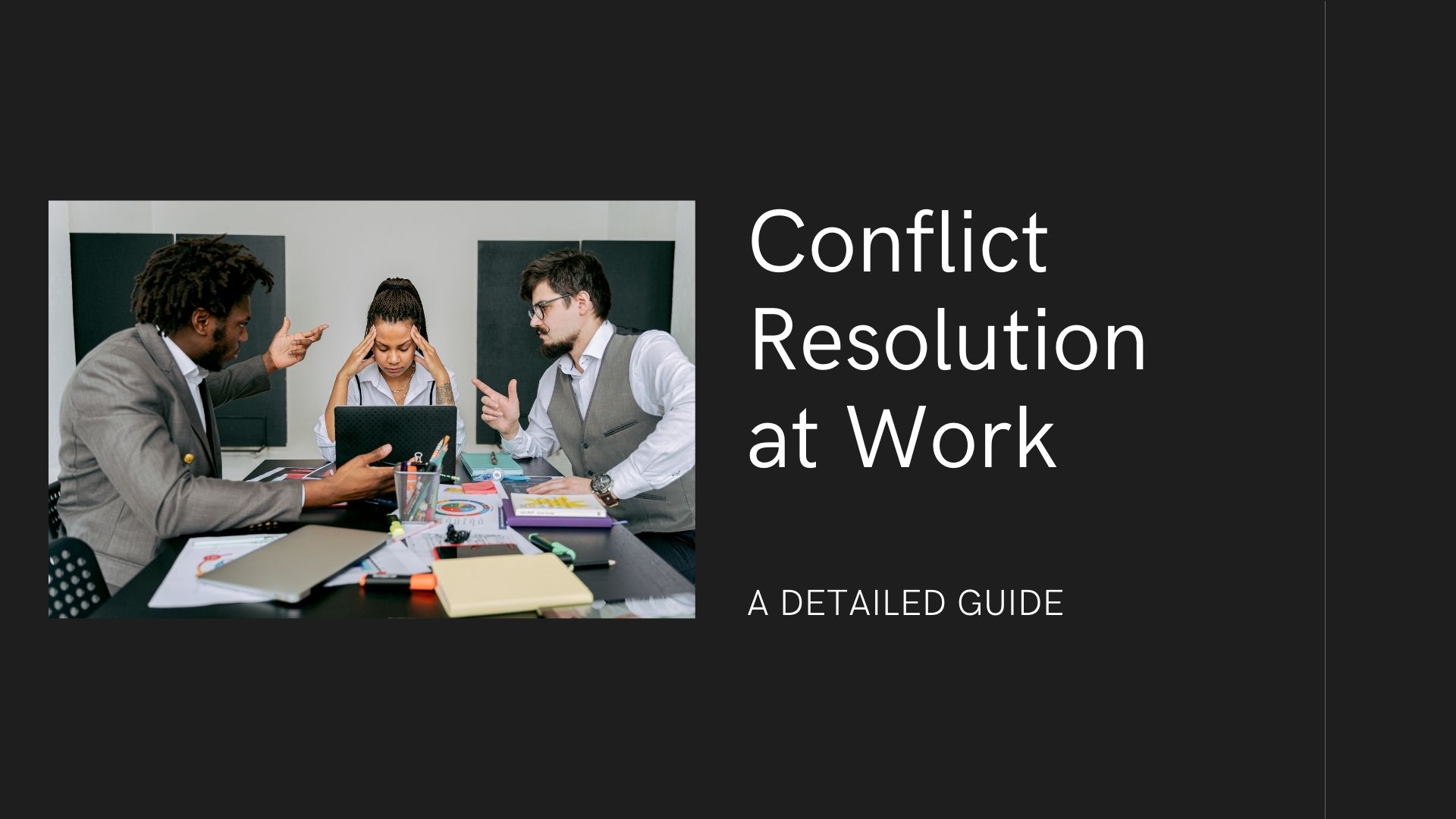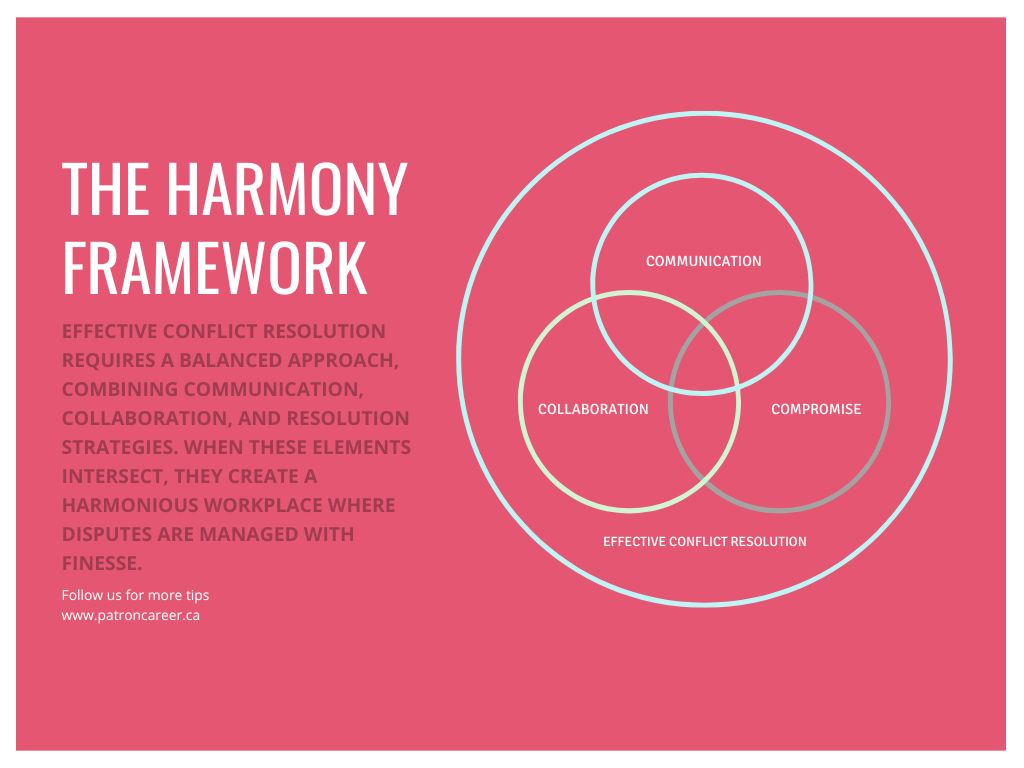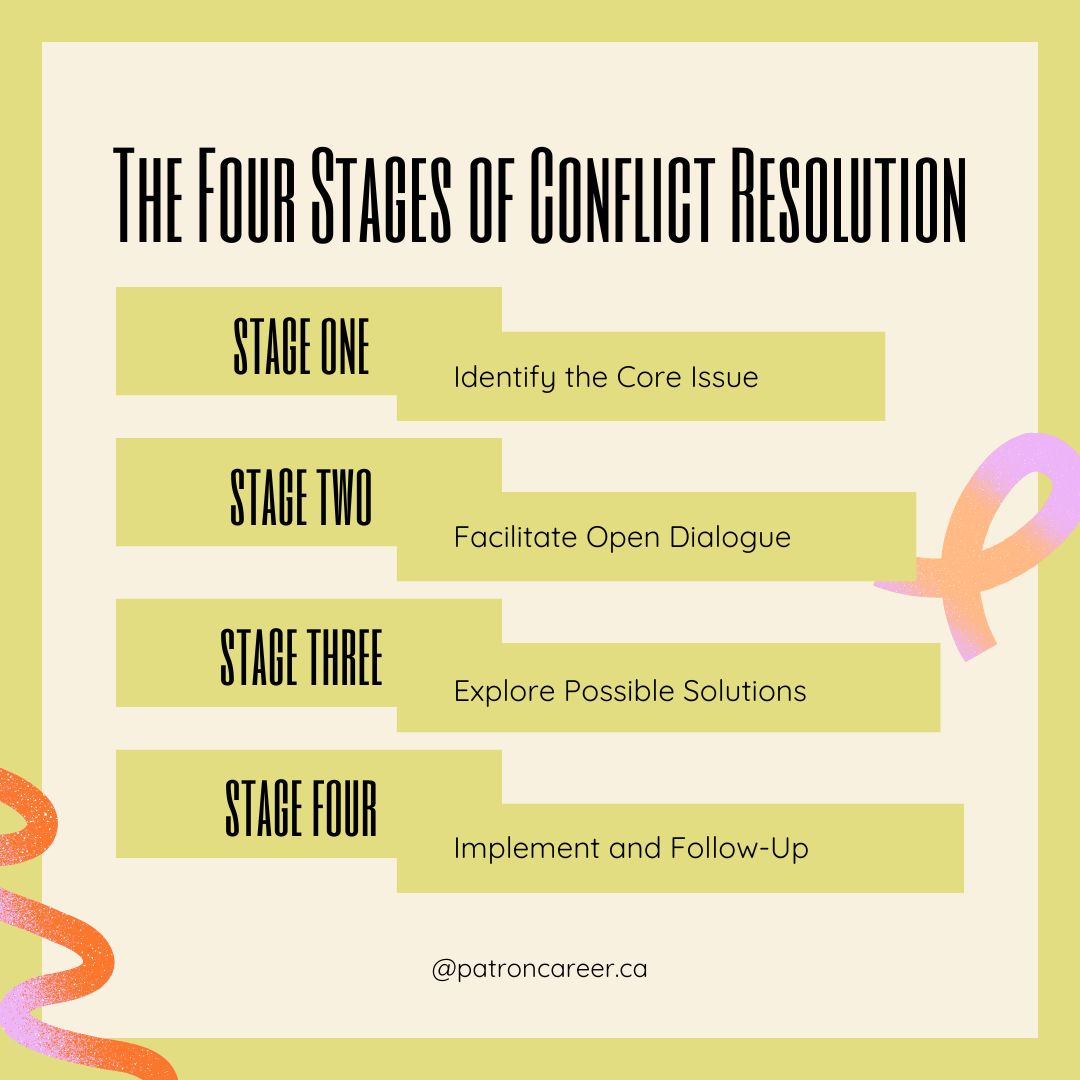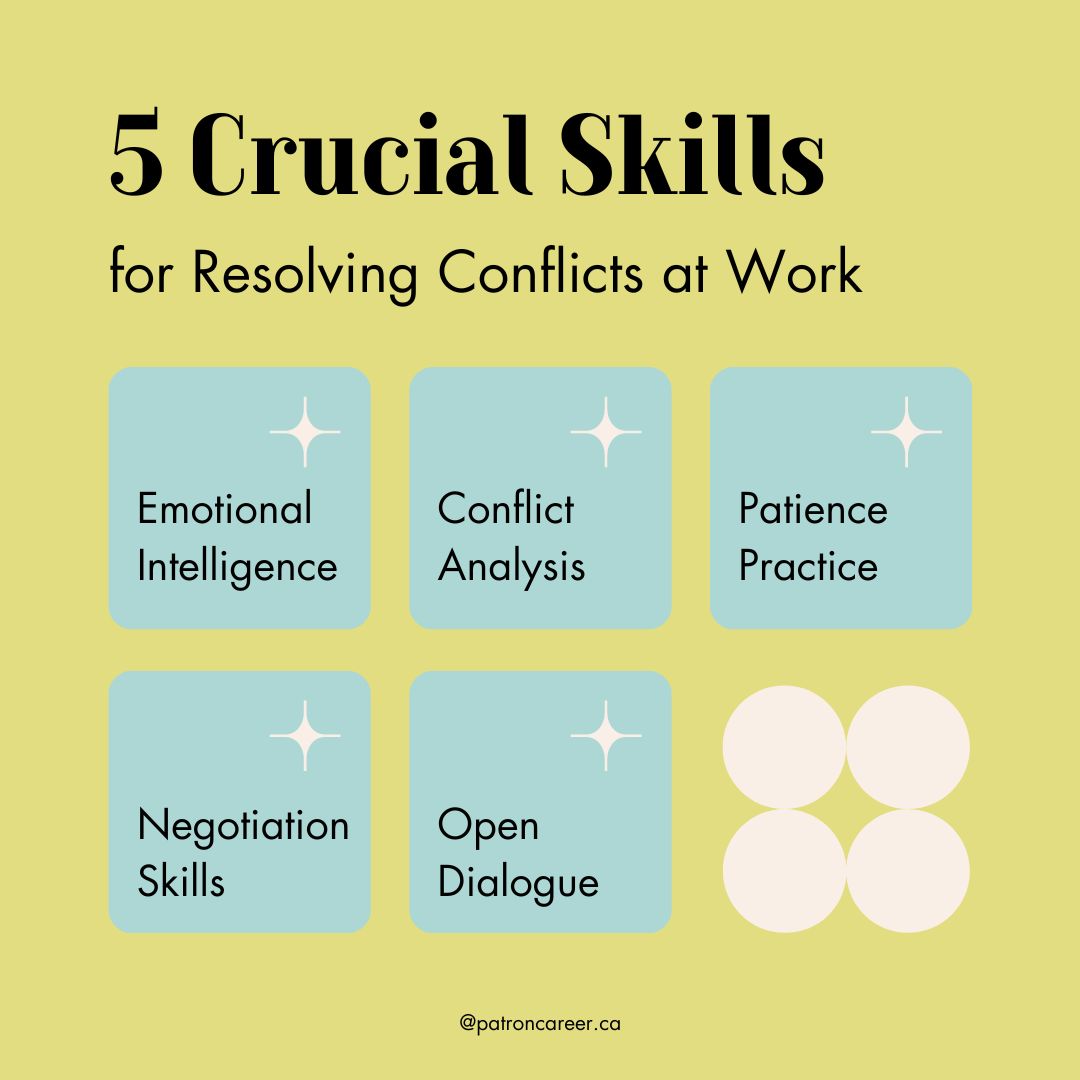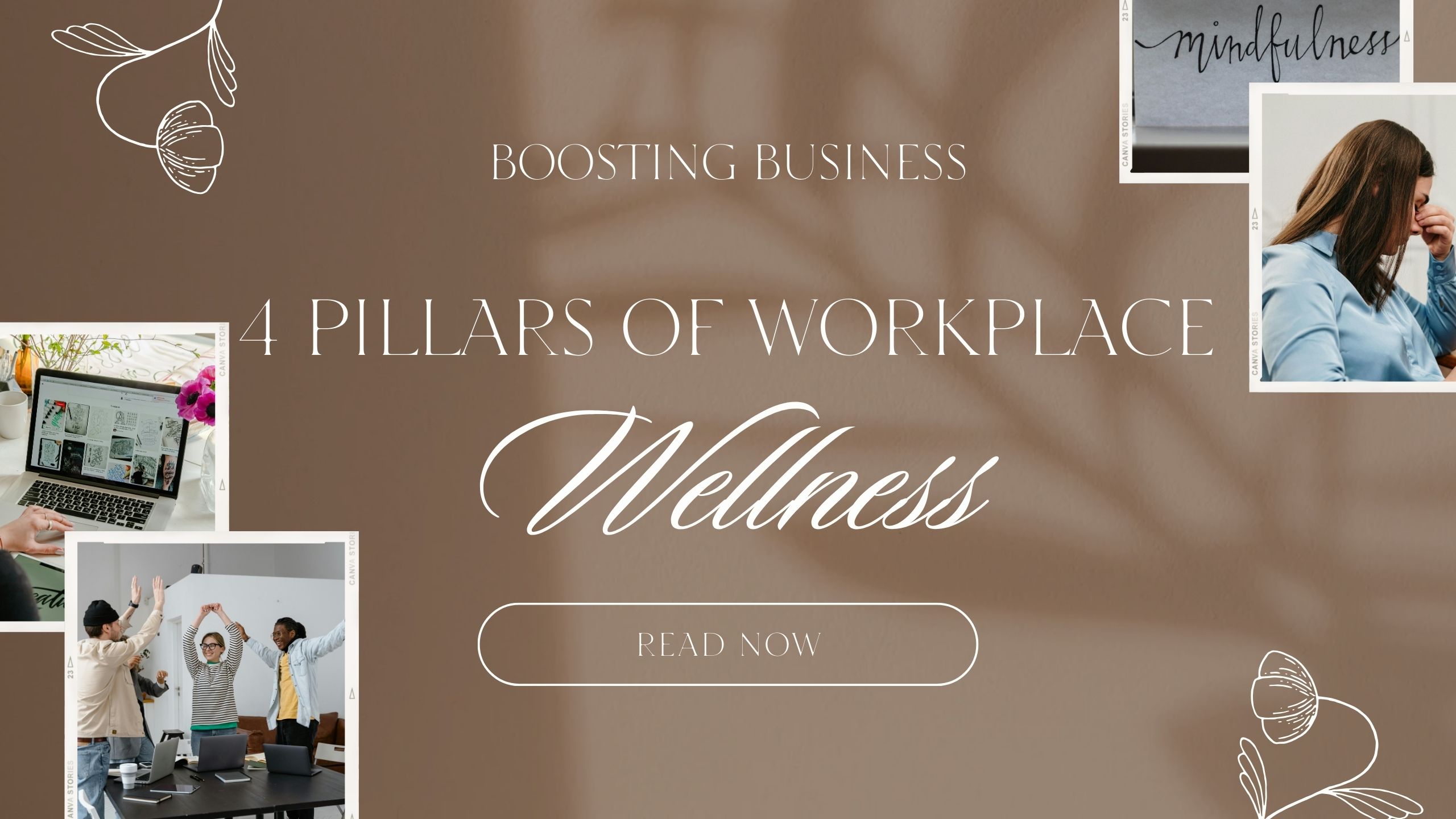4 Conflict Resolution Approaches to Manage Workplace Disputes with Finesse
Because of differences in opinions and poor communication, conflicts become inevitable. But how we resolve them is in our control. Whether it's a misunderstanding between colleagues, a clash of ideas, or tension arising from unmet expectations, disputes can hamper the harmony of any organization. The best way to handle them effectively is to identify the apple of discord and work together to resolve problems without getting out of hand. It's also about managing differences with finesse and turning potentially negative situations into opportunities for growth and improvement.
This blog will explain everything you need to know about workplace conflicts, including 4 unique strategies to help you easily navigate workplace disputes.
Understanding Conflict Resolution
Employers and employees might sometimes be at cross purposes regarding roles, responsibilities, beliefs, and miscommunication in a workplace. Conflict resolution strategies aim exactly at that- to address and manage disagreements and disputes constructively. It involves identifying the root cause of the conflict, understanding the perspectives of all parties involved, and finding a mutually agreeable solution. In essence, it’s about fostering understanding and cooperation while ensuring that everyone feels heard and valued.
Latest: What is the Employee Lifecycle? Delineating the 7 Stages for HR Experts
The Three C's of Conflict Resolution
When it comes to managing conflicts in the workplace, three essential elements need to be considered:
1. Communication: Open and honest communication is the cornerstone of conflict resolution. Allow employees to speak about what's there on their minds freely without fear of judgment. It’s a two-way street that needs to be performed.
Tip: Use “I” statements to express concerns rather than pointing fingers, which can reduce defensiveness and promote a more constructive dialogue.
2. Collaboration: Conflict resolution is most successful when it’s approached as a collaborative effort. Encourage team members to work together to find a solution that satisfies everyone’s needs.
3. Compromise: Sometimes, finding a solution requires a bit of give and take. Compromise involves finding a middle ground where each party may have to adjust their expectations.
4 Promising Conflict Resolution Strategies for the Workplace
1. The "Pause and Reflect" Technique
This is a popular technique where you encourage all parties to the dispute to take a step back and pause. You give them time to reflect on the situation before discussing it further. This way parties can cool down their emotions and have a real chance to think more rationally about the issue at hand.
Our Tip: Thought journaling can help one to articulate concerns more clearly during the discussion.
2. Role Reversal Exercise
Under this strategy, the conflicting parties switch roles or perspectives. By putting themselves in the other person's shoes, each party can gain a better understanding of the other's viewpoint and feelings. This exercise often leads to greater empathy and a willingness to find a solution.
It's important for employers that after the role reversal, ask each participant to share what they’ve learned and how it changes their perspective on the conflict.
3. Creative Problem-Solving Sessions
This is a powerful strategy to resolve conflicts. The key here is to shift the team’s energy onto generating creative solutions rather than focusing on the conflict itself. It involves thinking outside the box and brainstorming ideas to address the root cause of the conflict by the participants. Problem-solving sessions can be your best pal in effective dispute resolution while also improving teamwork and innovation.
4. The Mediation Circle
Mediation is a process involving a neutral third party to resolve the issue efficaciously. The Mediation Circle is more of a group discussion where team members gather in a circle, and each person has an equal opportunity to speak and be heard. There will also be a neutral mediator who will discuss the issue in a roundtable-like setting. The circle symbolizes equality and transparency and the mediator will only act as a facilitator.
How it works?
- Arrange a meeting where participants will sit in a circle, and introduce the ground rules.
- Introduce a “talking piece”- an object passed around the circle and the person holding it will exclusively have the right to speak.
- Let everyone speak about what they think of the issue, how it has affected them and what they hope to achieve from the mediation.
- The group will then brainstorm possible solutions.
- The final point is to schedule a follow-up session to ensure that the resolution is implemented successfully.
Related: How to Become More Emotionally Intelligent in the Workplace
The Lighter Side of Conflict: How Humour Can Help Resolve Workplace Disputes
It might seem counterintuitive at first, but a well-placed joke or a light-hearted comment can work wonders in diffusing tension and opening the door to more constructive conversations. Humour, when used appropriately, can help people see the absurdity of a situation, reduce defensiveness, and remind everyone that they’re all on the same team.
An Amusing Anecdote
Look at this real-life example: A manager once found himself mediating a conflict between two employees who were at odds over the most bizarre thing—the office coffee machine. One preferred strong, dark roast, while the other swore by the milder, medium roast. The tension escalated to the point where each was brewing their pot, refusing to share. The manager, seeing the humour in the situation, quipped, "It’s amazing what happens when you have too much coffee—you can’t even agree on what kind to have!"
This humorous approach did more than just make everyone giggle; it helped the employees realize the frippery of their dispute. They ended up compromising by alternating between the two roasts each week, and what started as a conflict turned into a running joke in the office.
When Not to Use Humour
Of course, humour has its limits. Always be mindful of the situation and ensure that a joke won’t be taken the wrong way. In cases where emotions are running high or the conflict involves sensitive topics, it’s best to keep things serious and focus on empathy and understanding.
Wrapping Things Up: The Cost of Unresolved Conflicts
Conflicts, if left untreated, are like cracks in a dam. They will seep into every corner and disrupt the flow of productivity and team harmony. All it takes is to be open, transparent and receptive to everyone around you and secondly, leaving everyone feeling respected, understood and ready to move forward together.

